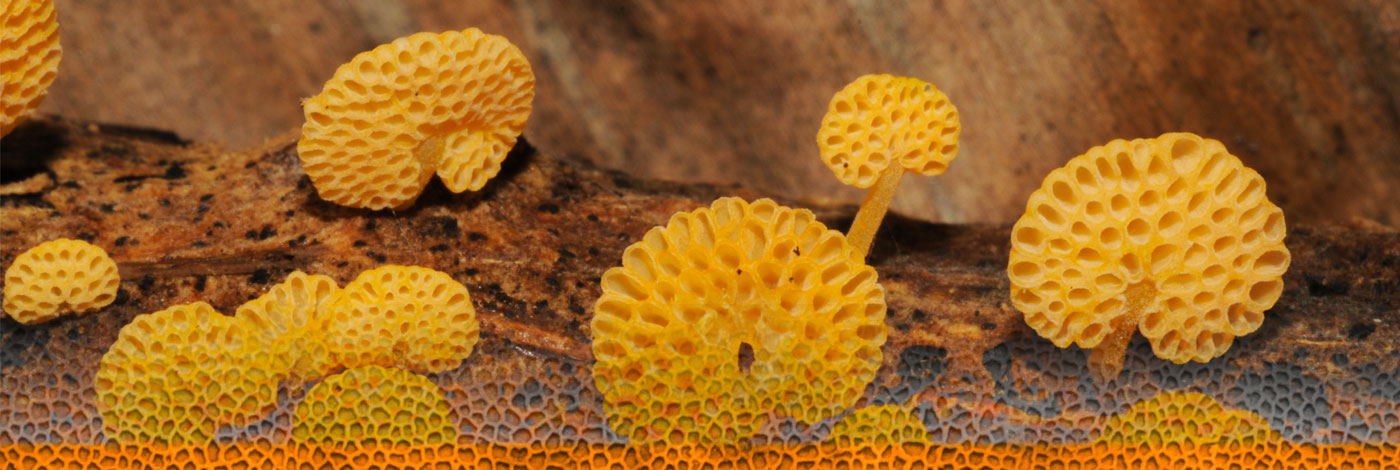
 Cryptogamie, Mycologie
28 (2) - Pages 91-106
Cryptogamie, Mycologie
28 (2) - Pages 91-106Information on presumed marked heat tolerance levels of about 20 fungal taxa, referred to as pseudothermophilic fungi, is critically reviewed. This assessment also includes individual nomenclatural status and correct taxonomic position. For several, the assumption conveyed by their specific epithet thermophila (also thermophilus, thermoideum or thermosus) appeared misleading since the fungi under consideration proved to be strict thermotolerant organisms. This situation concerns Salilagenidum thermophilum (oomy-cete), the zygomycetes Absidia idahoensis var. thermophila, Mucor thermophilus, Rhizopus pseudochinensis var. thermosus (now a synonym of R. microsporus var. chinensis) and R. thermosus (now a synonym of R. oryzae). Similar cases are the two ascomycetes Achaetomium thermophilum (a present synonym of A. macrosporum) and Sordaria thermophila and the following anamorphic fungi: Calcarisporiella thermophila, Gilmaniella thermophila (regarded as a synonym of G. macrospora), Zalerion thermophylli (a synonym of Z. maritima) and Geotrichum candidum var. thermoideum (of uncertain taxonomic position).
Few other taxa were erroneously qualified as possessing thermophilic attributes: Rhizopus homothallicus and the anamorphic fungi Stachybotrys ramosa (presently renamed S. thermotolerans), Bactrodesmium fusiforme (generic affinity regarded as doubtful), Trichocladium heterosporum (also excluded from the genus) and the type species of Phaeodactylella, P. lignicola, of unclear taxonomic position. Aspergillus thermomutatus, the anamorph of Neosartorya pseudofischeri, is a strict thermotolerant. The lichenized ascomycete Acarospora thermophila has a species epithet referring to the marked xerothermic conditions of its original locality. Finally Nodulisporium thermoroseum is a `ghost name'. Additional cases of similar pseudothermophilic fungi of other systematic groups will be reviewed in subsequent notes.